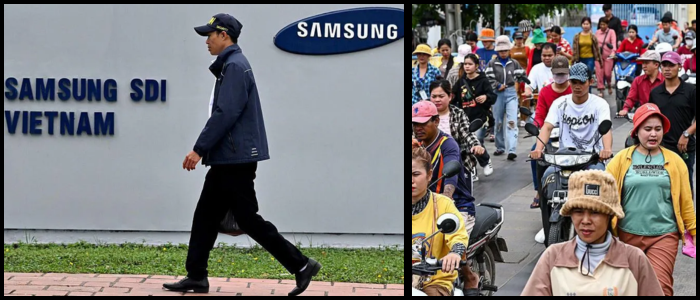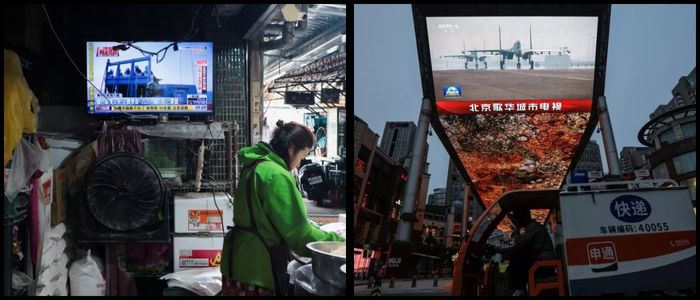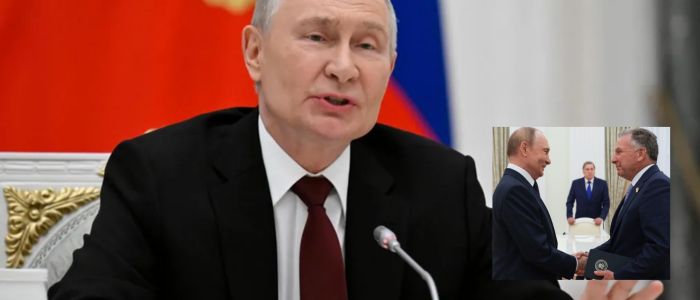Japan, a traditional US ally, has conducted several rounds of talks since April in a bid to protect its auto industry and to fend off US agricultural imports, including rice. Even after Japan's trade minister visited Washington at least seven times, the talks have made only modest progress. Trump's approach to Japan changed from "tough" to "spoiled" as his patience withered.
Japan was this week on a growing list of 23 countries to be notified of tariffs, 14 of them in the region. From South Korea to Sri Lanka, nations that rely on an intense exchange of goods for their prosperity have been plunged into economic unknowns.
Trump added fuel to the fire by declaring a 35% tariff on Canadian goods and promising that general tariffs against most other countries could be raised from 10% to as high as 20%. He disregarded concerns about inflation, saying, "They're all going to pay, and they will pay big!"
Countries now have until 1 August to get fresh trade deals with the US, but many doubt their chances, particularly in the case of Japan, which has to face the fight even as a US ally.
Small Wins and Big Losses on the Trade Chessboard
One temporary benefit is that the breather allows countries to negotiate for longer. By Suan Teck Kin, Head, Research at United Overseas Bank. That would only add pressure and bring about further discussions before the 1 August deadline.
And countries like Thailand and Malaysia — lower-income countries fresh to the tariff list — will almost surely be eager to make deals sooner rather than later. They are also ensnared in the US-China trade rivalry, especially when it comes to transhipped goods — products rerouted via a third country to evade tariffs.
The details of Trump's tariff approach, however, are not yet known. For example, Vietnam's agreement incorporates taxes on transhipped items, though it is unclear if this applies to all forms or just finished products. It would be difficult to trace such items through complex global supply chains — an effort that might require access to sophisticated technology, along with the cooperation of third parties.
Asian manufacturers are rising as perhaps one of the biggest losers. Tariffs are upending trade flows around the world, sending tremors through American, European and Asian companies. Some manufacturers in industries like electronics and textiles were already contending with slowing exports and heightened uncertainty.
Vietnam, the first country in Asia to strike a deal, has little leverage and will now face tariffs of up to 40%. Cambodia, another export-driven country, is faced with potential 35% tariffs. Wealthier nations like Japan and South Korea, however, could have the time and clout to steer themselves through the storm.
India, which has some geopolitical leverage, has not yet received a letter of potential tariffs, but talks over trade have been held up by disagreements over market access and import rules.
Alliances Fraying and a Changing Global Balance of Power
Trump's use of tariffs also reveals a longstanding strain in the US-Japan alliance. Economist Jesper Koll said that even given its close military and economic relations with the US, Japan is being treated like any other trading partner. Tokyo has also refused pressure from Washington on farm and defence spending, opting to shield its own sectors.
Japan reacted fast after the first threat of tariffs in April by declaring a state of economic emergency and establishing consultation centres to aid affected companies. With national elections looming, it is highly unlikely that an agreement will be reached before August. Yet, Japan's economy is likely to bear the fallout.
Stepping back, the question looms: Who gains more, the United States or China? Asia has been a battleground for the two powers for many years, and Trump's unpredictable approach has arguably even sapped the United States' position. Pushing out tariff letters as opposed to using diplomatic channels has muddled and played into China, and has assisted Beijing in trying to position itself as a more reliable partner, according to experts.
Still, replacing access to the US market will be difficult for any country. China also has plenty of regional rows to fight, from Vietnam to Japan, and it has other trade talks going on with the US, with a 13 August expiry date.
No champions are raising their arms in triumph, but one thing is for certain: The global trade landscape is changing before our eyes, and the repercussions may be felt for years if not decades to come.
World

Asia Struggles Amid Trump's Widening Tariff Pressure

Japanese Prime Minister Shigeru Ishiba has voiced his "deep regret" after US President Donald Trump announced new tariffs. The new measure calls for a 25% tariff on goods imported from Japan — a serious punitive action against a country that has tried hard to avoid such an outcome.















